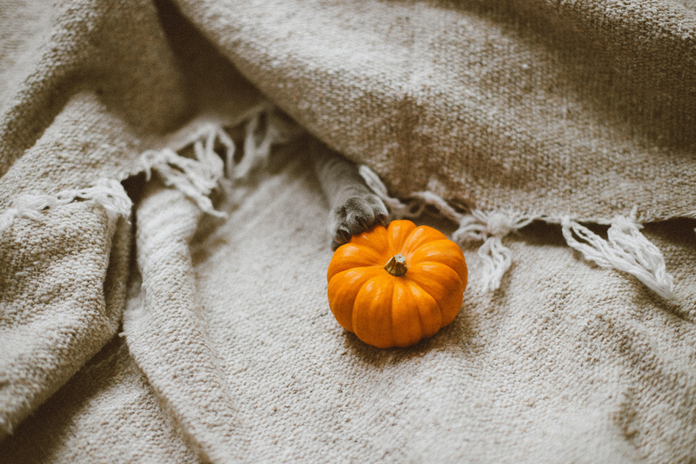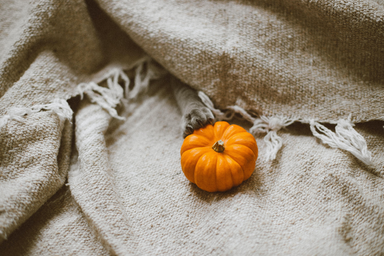Halloween is here. Growing up in the United States, the holiday has always been a highly anticipated night. As a kid, it meant dressing up and running the streets trick-or-treating, and competing with friends to get the heaviest bag. As you get older, the excitement of Halloween never really goes away—it just becomes different. As Cady Heron puts it in “Mean Girls”: “Halloween is the one night a year when girls can dress like a total slut and no other girls can say anything about it.”
However, it hasn’t always been about costumes, candy, and binge watching the “Halloweentown” movies. While that is mostly what it is about here in the U.S., it is certainly not like that in all places around the world.
Halloween started in Ireland. The Celtic celebrated a festival and holiday called Samhain, which took place on Nov. 1. The night before Samhain, people believed ghosts came from the dead and roamed their neighborhoods. Citizens would put out food and wine for the ghosts outside of their homes to keep them away from the inside, and would even dress up in costumes to ward them off. Eventually Samhain turned into All Saints Day, which honored all of the saints, but still incorporated many of the same rituals and traditions of Samhain. The night before All Saints Day was referred to as All Hallows’ Eve, which would of course eventually turn into Halloween.
Places like America, Canada, and Ireland all similarly celebrate Halloween—with costumes, trick-or-treating, and carved pumpkins. This isn’t the case for much of the rest of the world.
In Mexico, people celebrate “Dia de los Muertos,” which translates into “Day of the Dead.” This celebration lasts from Oct. 31 all the way through Nov. 2. It is believed that on the night of Oct. 31, the spirits of deceased children are set free from heaven and have the chance to reunite with their families for 24 hours. A couple days later, it is said that adult spirits are allowed to come and join their families. Many people take this holiday very seriously, as it’s considered a time to reconnect with lost loved ones. People spend hours of preparation for the holiday by creating beautiful, colorful altars. Flowers, fruits, nuts, water, toys, candy and more are all left out for the deceased to enjoy when they come back. This is also where the sugar skull originated from, as Mexican participants often paint their whole face in detail.
In China, there is a somewhat similar celebration. The Chinese place food and water in front of photos of deceased family members. They also light bonfires and lanterns in hopes that the spirits of loved ones will find their way via the light.
In Germany, many also believe that spirits will be returning that night. Due to this, they hide their knives on the night of Halloween because they do not want to hurt returning spirits.
In Ireland, where the tradition all started, they celebrate similarly to the U.S. However, they do have a few traditions unique to themselves. Fortune-telling is considered to be a large part of Halloween. If a young woman finds a ring in something that has been baked—whether it’s bread or a pastry—it’s said that she will be married by next Halloween.
So collegiettes, while you’re getting your costumes lined up for Halloween festivities, keep in mind where the tradition all started. Happy Halloween!



